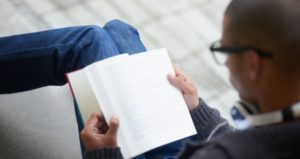
Literacy Levels Among College Students
When I confront “problems of practice” in my teaching, I like to turn to my smart friends for advice. About a year ago, I was really confounded by my students’ trouble with reading for deep understanding. While I could see that the students were completing assigned readings, they weren’t always able to process the information deeply to analyze the concepts or apply the content to new situations. Since I don’t have much experience teaching reading, I turned to my colleague, Dr. Jennifer Shettel. Jen is a literacy professor and has run several tremendously successful close-reading workshops in our area. I figured she could give some advice. Our conversations prompted some pedagogical experimentation with different literacy-based strategies which Jen and I will be sharing in a preconference workshop at The Teaching Professor Conference this June.





